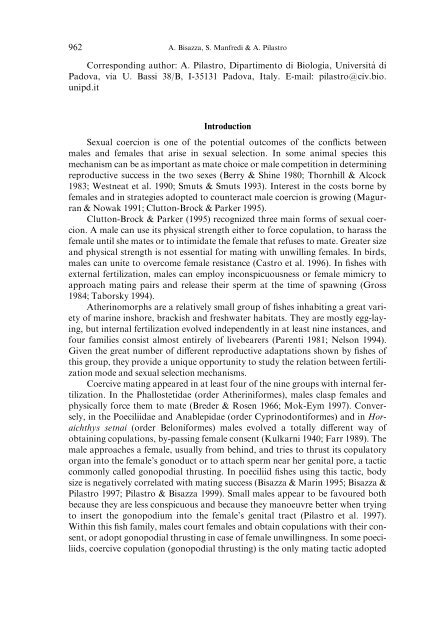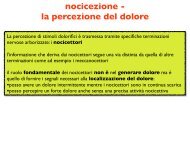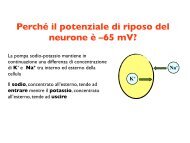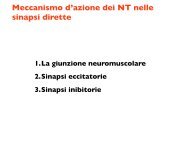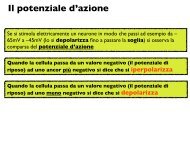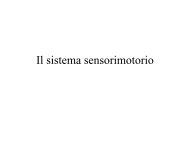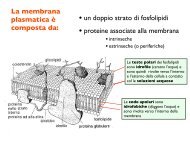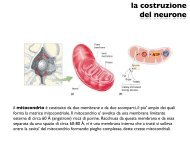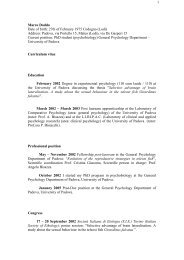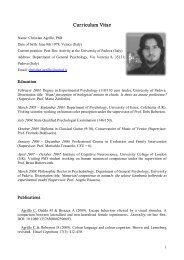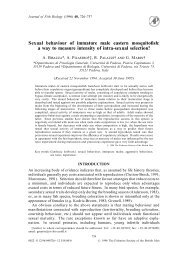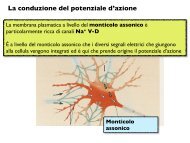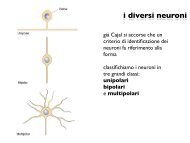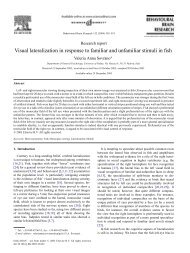Sexual Competition, Coercive Mating and Mate Assessment ... - CPRG
Sexual Competition, Coercive Mating and Mate Assessment ... - CPRG
Sexual Competition, Coercive Mating and Mate Assessment ... - CPRG
You also want an ePaper? Increase the reach of your titles
YUMPU automatically turns print PDFs into web optimized ePapers that Google loves.
962 A. Bisazza, S. Manfredi & A. PilastroCorresponding author: A. Pilastro, Dipartimento di Biologia, UniversitaÁ diPadova, via U. Bassi 38/B, I-35131 Padova, Italy. E-mail: pilastro@civ.bio.unipd.itIntroduction<strong>Sexual</strong> coercion is one of the potential outcomes of the con¯icts betweenmales <strong>and</strong> females that arise in sexual selection. In some animal species thismechanism can be as important as mate choice or male competition in determiningreproductive success in the two sexes (Berry & Shine 1980; Thornhill & Alcock1983; Westneat et al. 1990; Smuts & Smuts 1993). Interest in the costs borne byfemales <strong>and</strong> in strategies adopted to counteract male coercion is growing (Magurran& Nowak 1991; Clutton-Brock & Parker 1995).Clutton-Brock & Parker (1995) recognized three main forms of sexual coercion.A male can use its physical strength either to force copulation, to harass thefemale until she mates or to intimidate the female that refuses to mate. Greater size<strong>and</strong> physical strength is not essential for mating with unwilling females. In birds,males can unite to overcome female resistance (Castro et al. 1996). In ®shes withexternal fertilization, males can employ inconspicuousness or female mimicry toapproach mating pairs <strong>and</strong> release their sperm at the time of spawning (Gross1984; Taborsky 1994).Atherinomorphs are a relatively small group of ®shes inhabiting a great varietyof marine inshore, brackish <strong>and</strong> freshwater habitats. They are mostly egg-laying,but internal fertilization evolved independently in at least nine instances, <strong>and</strong>four families consist almost entirely of livebearers (Parenti 1981; Nelson 1994).Given the great number of di€erent reproductive adaptations shown by ®shes ofthis group, they provide a unique opportunity to study the relation between fertilizationmode <strong>and</strong> sexual selection mechanisms.<strong>Coercive</strong> mating appeared in at least four of the nine groups with internal fertilization.In the Phallostetidae (order Atheriniformes), males clasp females <strong>and</strong>physically force them to mate (Breder & Rosen 1966; Mok-Eym 1997). Conversely,in the Poeciliidae <strong>and</strong> Anablepidae (order Cyprinodontiformes) <strong>and</strong> in Horaichthyssetnai (order Beloniformes) males evolved a totally di€erent way ofobtaining copulations, by-passing female consent (Kulkarni 1940; Farr 1989). Themale approaches a female, usually from behind, <strong>and</strong> tries to thrust its copulatoryorgan into the female's gonoduct or to attach sperm near her genital pore, a tacticcommonly called gonopodial thrusting. In poeciliid ®shes using this tactic, bodysize is negatively correlated with mating success (Bisazza & Marin 1995; Bisazza &Pilastro 1997; Pilastro & Bisazza 1999). Small males appear to be favoured bothbecause they are less conspicuous <strong>and</strong> because they manoeuvre better when tryingto insert the gonopodium into the female's genital tract (Pilastro et al. 1997).Within this ®sh family, males court females <strong>and</strong> obtain copulations with their consent,or adopt gonopodial thrusting in case of female unwillingness. In some poeciliids,coercive copulation (gonopodial thrusting) is the only mating tactic adopted


